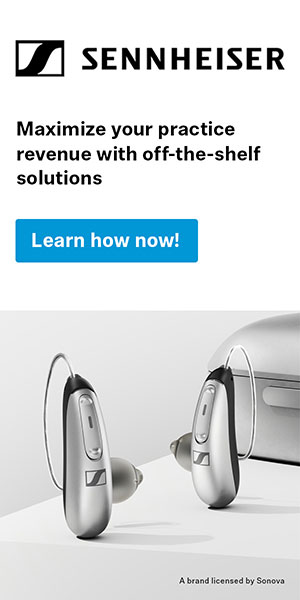A new study that will be published in American Journal of Public Health (August 2009, Volume 99, No. 8, pp. 1393 - 1399;DOI: 10.2105) measured noise levels associated with New York City mass transit as compared to exposure guidelines.
The study's abstract is provided here;for a copy of the full article or a subscription to the journal, please visit: www.ajph.org/
Title: Noise Levels Associated With New York City's Mass Transit Systems
Authors: Richard Neitzel, MS, Robyn R. M. Gershon, DrPH, MHS, Marina Zeltser, BS, Allison Canton, BA and Muhammad Akram, PhD
Richard L. Neitzel is a doctoral candidate with the Department of Environmental and Occupational Health Sciences, School of Public Health, University of Washington, Seattle. At the time of the study, Robyn R. M. Gershon, Marina Zeltser, Allison Canton, and Muhammad Akram were with the Department of Sociomedical Sciences, Mailman School of Public Health, Columbia University, New York, NY.
Objectives. We measured noise levels associated with various forms of mass transit and compared them to exposure guidelines designed to protect against noise-induced hearing loss.
Methods. We used noise dosimetry to measure time-integrated noise levels in a representative sample of New York City mass transit systems (subways, buses, ferries, tramway, and commuter railways) aboard transit vehicles and at vehicle boarding platforms or terminals during June and July 2007.
Results. Of the transit types evaluated, subway cars and platforms had the highest associated equivalent continuous average (Leq) and maximum noise levels. All transit types had Leq levels appreciably above 70 A-weighted decibels, the threshold at which noise-induced hearing loss is considered possible.
Conclusions. Mass transit noise exposure has the potential to exceed limits recommended by the World Health Organization and the US Environmental Protection Agency and thus cause noise-induced hearing loss among riders of all forms of mass transit given sufficient exposure durations. Environmental noise-control efforts in mass transit and, in cases in which controls are infeasible, the use of personal hearing protection would benefit the ridership's hearing health.
Please see lead author Richard Neitzel's AudiologyOnline recorded course, Construction Noise: How Bad Is It and What Can Be Done About It? that can be viewed here: /audiology-ceus/course/construction-noise-bad-it-and-11395.
Noise Levels Associated With New York City's Mass Transit Systems
Share:

